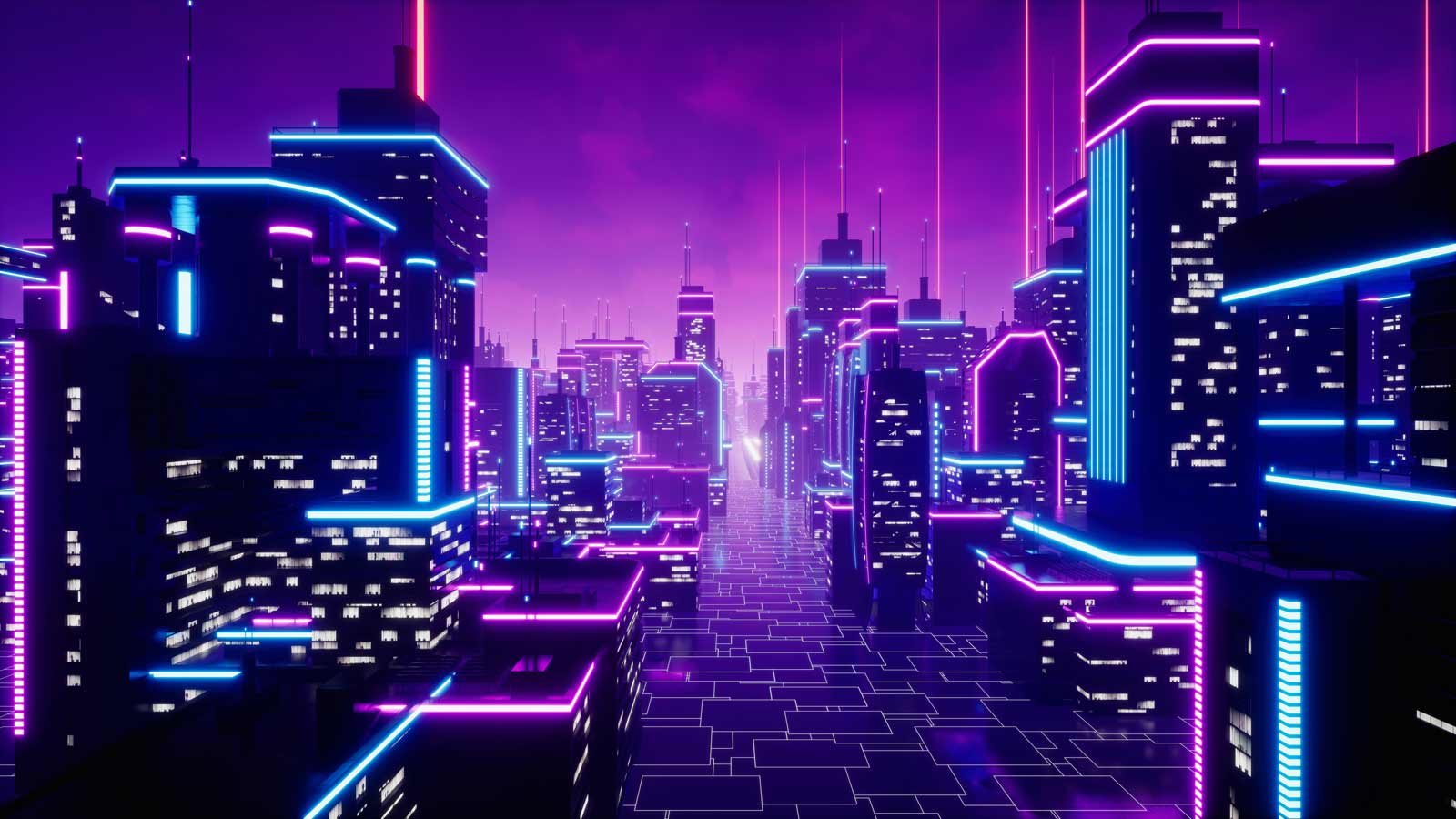written by Claire Miller
"The Metaverse," for some, can seem like a distant, dystopian concept, but in reality (or rather virtual reality), it is happening now. When thinking about the rate at which our technology is advancing with virtual reality games such as Oculus, it seems that this is the next logical step. If you are confused or baffled by this new buzzword, I can understand. I had no idea what the metaverse fully-entailed until just a couple of days ago.
Now, don't get me wrong, I am far from an expert, and it feels that the more I learn, the longer my list of questions grows. At this exact time, we are watching the metaverse evolve, change, and grow before our very eyes. I do not doubt that this could be a regular aspect of our businesses and daily lives a couple of years from now, just as social media paved its way years ago.
The metaverse is not just one domain name or one download; it is an idea for a fully immersive version of internet experiences. Currently, the metaverse can be visualized "through various blockchain platforms represented as their virtual, three-dimensional online "worlds" that mimic the real world, which users can visit and interact with, represented as an avatar, either in first- or third-person view — similar to a video game" (via LoopNet).
LoopNet predicts that the main uses of virtual real estate in the metaverse will be for retail, marketing, entertainment, virtual tours, and workplace meetings. Metaverse developers are already working on building out digital copies of real estate properties so that potential buyers can walk-through a virtual rendition and view the property without having to travel there. In a couple years, we could be strapping on our VR headset to go to work, tour a property listing, and then walk down the street to meet other players at a café.
In these virtual worlds, pixels of land are being sold for users to develop, and they are selling fast. Virtual real estate is real, and it is happening right now even though many platforms are only in beta. A report from BrandEssence Market Research found that the metaverse real estate market is expected to grow at a compound annual rate of 31% a year from 2022 to 2028 (via CNBC).
To put into perspective on how monumental the metaverse is digging its way into society, "Grayscale, a renowned multinational digital currency investing business, predicted late last year that the metaverse could generate $1 trillion in yearly revenue through e-commerce, advertising, crypto trading and earning digital events, and hardware" (via The Market Parodical).
According to Matthews, “Between November 22 and 28, $106 million worth of virtual real estate traded in the Big Four metaverse platforms, with Sandbox accounting for $86.56 million of that total. In 2021, The Sandbox’s native token, the SAND, soared 14,000 percent, trading at $5.15. Similarly, Decentraland’s native token MANA increased over 4,300 percent in 2021 to $3.41.”
The raining four of these platforms, or "worlds" per se, are Decentraland, The Sandbox, Cryptovoxels, and Somnium. While all are in their beta versions, each contains very different experiences. We took a deep dive into each of these four platforms to better understand the look and feel of the metaverse.
Decentraland felt the most built-out of the four, so I can see how this would be a popular choice for land investment but it comes at a higher price. Companies like Samsung and JP Morgan have already secured their plots in Decentraland, and many more are following. According to an article by Forbes, JP Morgan “predicts that the metaverse will become a $1 trillion market opportunity in yearly revenues, given that its virtual worlds will ‘infiltrate every sector in some way in the coming years’” (via Forbes).
The Sandbox is rising in popularity after Gucci, PwC, and even Snoop Dog have bought land. Gucci is opening a virtual store and plans to sell virtual designer handbags as NFTs. Decentraland and The Sandbox are very different in terms of virtual experiences but remain the top two players in the metaverse game.
Crytpovoxels and Somnium both hold differences that make them unique. Cryptovoxels world has city and street names, so potentially, you could open up a new location in "Miami," well, Cryptovoxels version of it at least. Somnium plots of land create a sense of seclusion, as they are all floating in space rather than a classic city layout. In Somnium, you can teleport to other areas of the world, but they are all independent parcels.
And still, even after hours of research and personally exploring the metaverse worlds, I feel somewhat lost. One thing I know for sure is that the metaverse is going to continue to grow and could become a very prominent aspect of our lives and businesses soon. With big businesses already placing their bets by investing in virtual real estate, you can be sure that something will come of it. I don't know about you, but I am cautiously curious to see where this goes.
Be the first to know about new investment properties.
Subscribe to our mailing list



